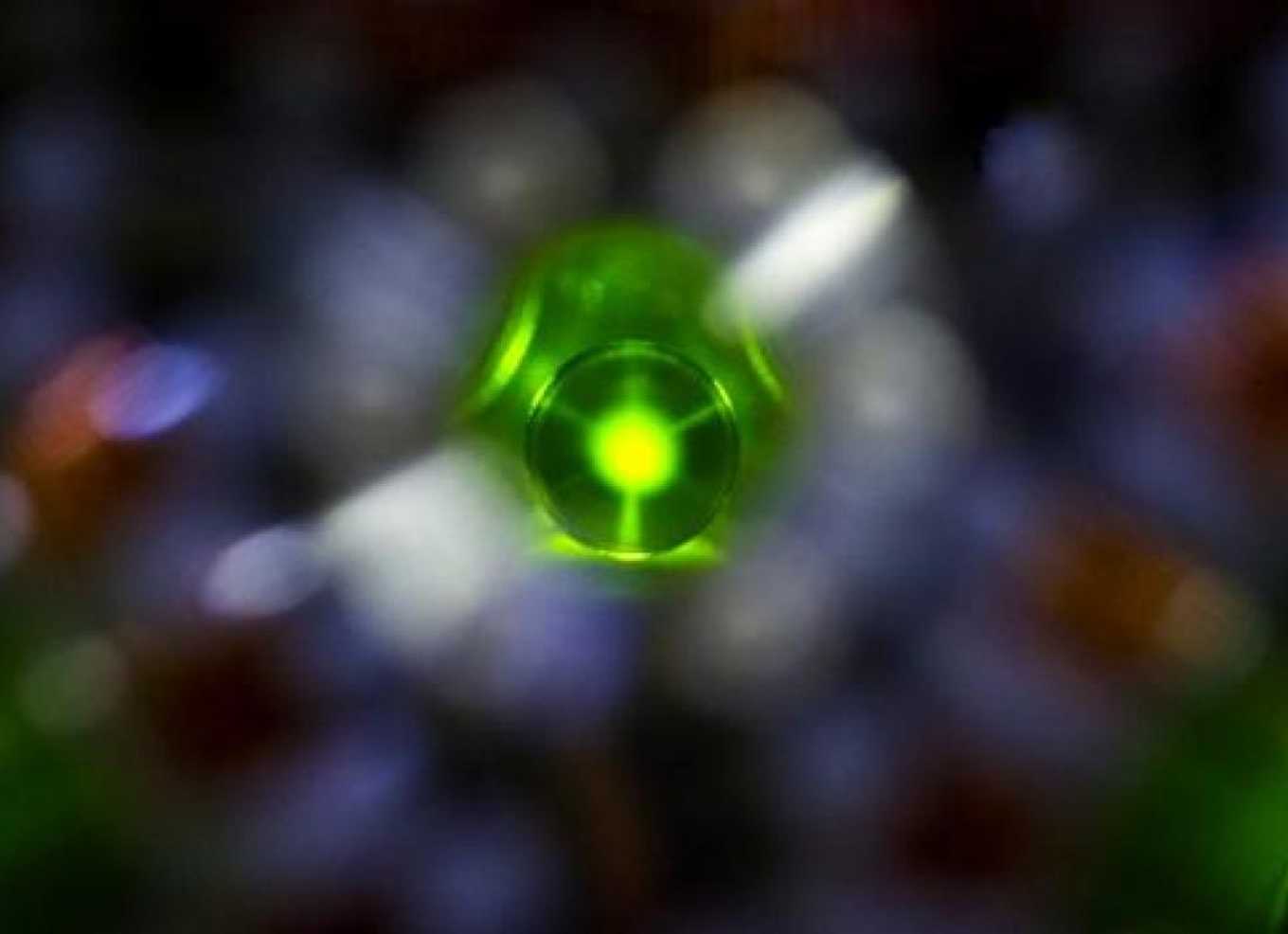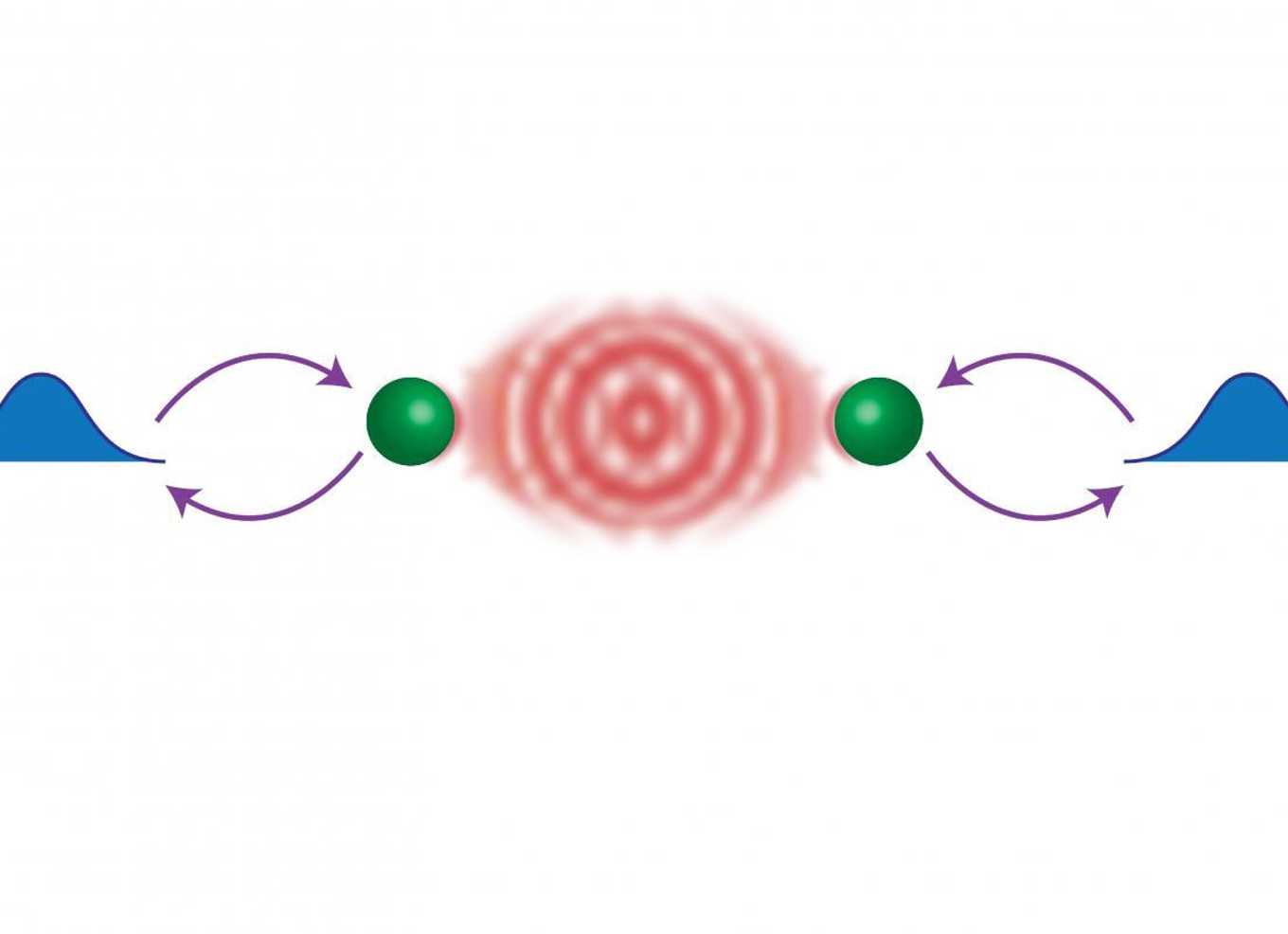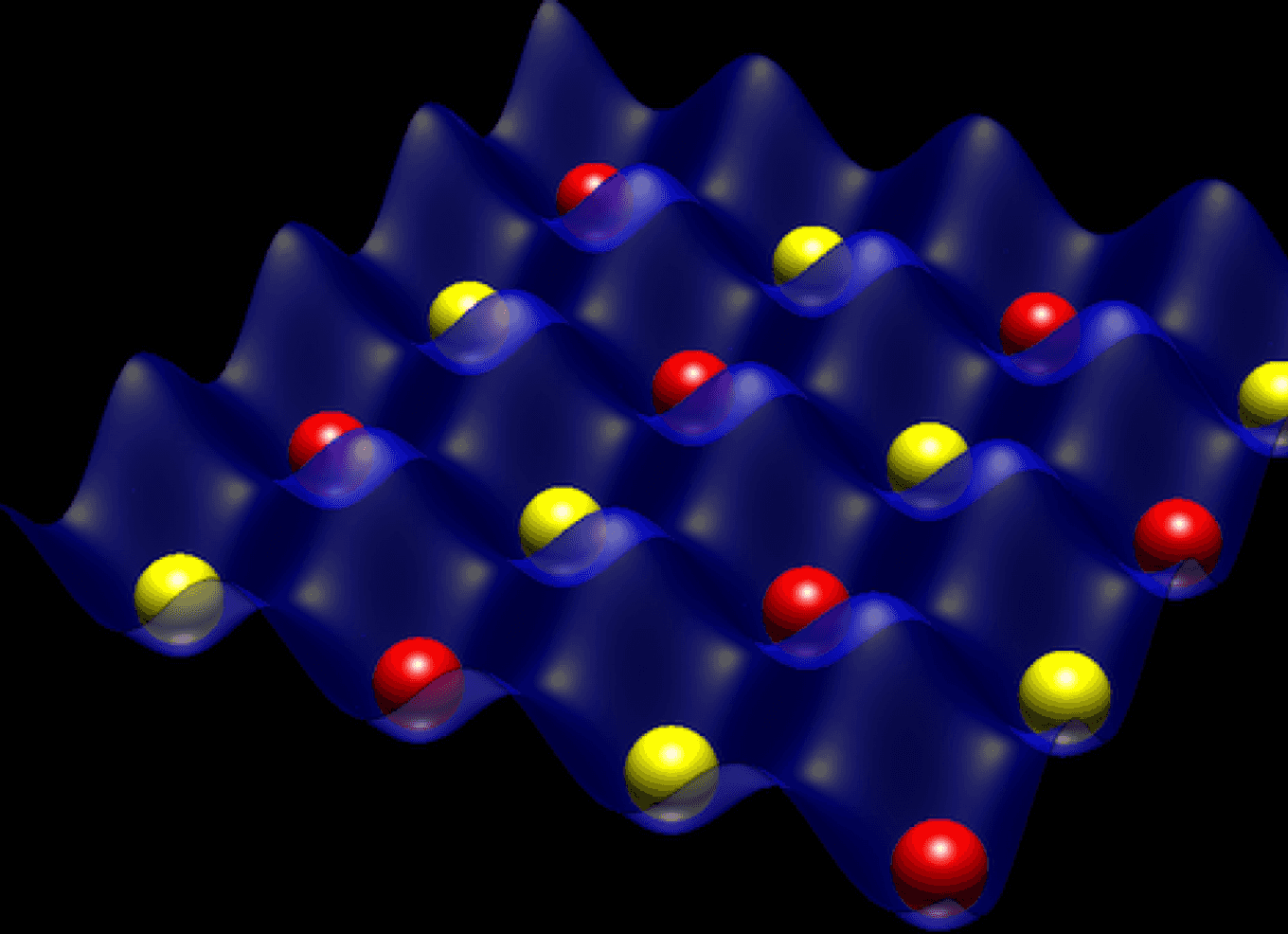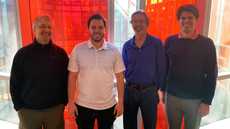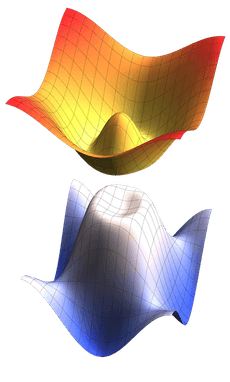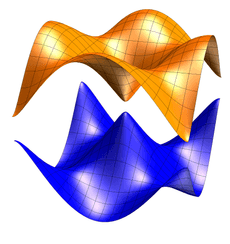Research on ultra-cold atoms lies at the intersection of atomic physics, many-body physics, quantum optics and quantum information. Quantum physics dominates the behavior of atomic gases cooled to near absolute zero temperature, and cold trapped atoms provide an ideal experimental system for studying quantum many-body physics. Our research focuses on ultra-cold gases of Rubidium atoms and Ytterbium/Rubidium mixtures, with the goals of studying novel condensed matter systems and engineering quantum control over many-body systems, including dissipative baths.


